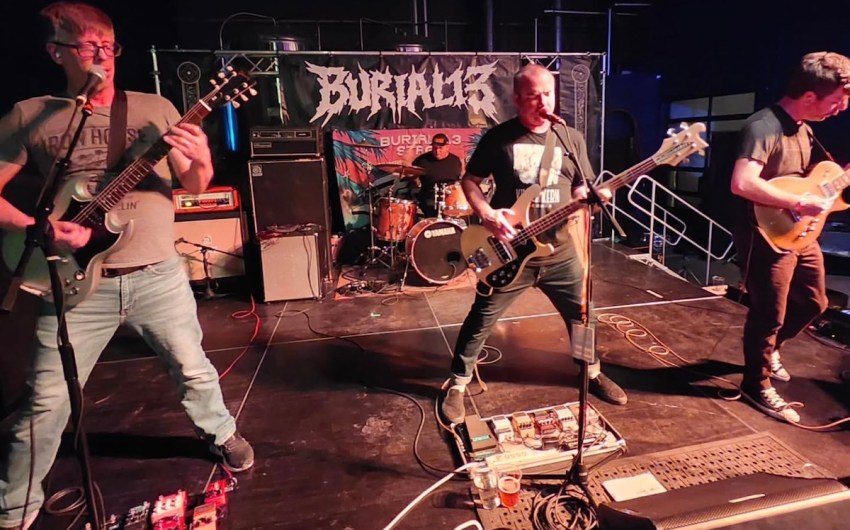Two county-owned properties in the heart of downtown Santa Barbara could become the test cases for the conversion of government land into affordable housing, as the board of supervisors voted Tuesday to pursue proposals for workforce housing at the probation building on Carrillo Street and to consider a future redevelopment on the county campus just a few blocks away on Anapamu Street.
For more than a year, Supervisor Laura Capps — who called affordable housing her “number-one policy goal” — has been nudging her colleagues to consider the “silver bullet” of offering up county-owned parcels for affordable housing, an idea she’s been pursuing since she began seeing other regions exploring similar projects across the country.
“The government needs to lead by example,” Capps told the Independent as she walked through the deserted parking lot behind the County Administration building at 105 East Anapamu Street, across the street from the county courthouse. The lot is half-empty most of the time, she said, and has the untapped potential for up to a hundred units of low- and moderate-income housing.
The two-and-a-half-acre property, which includes the Engineering and Human Resources offices and parking lot area, is one of the higher priority sites identified by the county’s workforce housing study presented at Tuesday’s meeting. The county looked at a total of 21 sites.

Some were ruled out due to environmental challenges, existing leases, or potential public opposition, while others, like the Probation Building at 123 East Carrillo Street, were moved right to the top of the list.
Community Services Department Director Jesús Armas said the one-and-a-half-acre probation property on Carrillo Street would be a “slam dunk” as a first example of how these types of projects could be done quickly and cleanly. “We want to make sure we have success first,” he said.
The county did months of legwork, meeting with housing developers, community advocates, housing authorities, chambers of commerce, and school districts to research the best options for addressing the need for housing. These recommendations included updates to the county’s inclusionary ordinance, pursuing a “pro-housing” designation with the state to gain access to more funding, and converting county properties into housing.
There are still unanswered questions to the county’s plan — including the logistics of looking for a private developer to help partner and fund such a large project — though the supervisors voted 4-1 (5th District Supervisor Steve Lavagnino voted against it) to give the green light to a start the process by putting out a request for proposals for the probation building and directing staff to present a detailed report for “housing or other purposes” at the downtown campus by next year. More sites could be pursued in the future.
But not everybody was enthusiastic about the plan. Supervisor Steve Lavagnino, who voted against the proposal, said the downtown location “seems to be the worst possible place you would put housing.” Instead, he supported the idea of leveraging the prime downtown real estate through a sale. “Then we’d be able to take that money and go find the right places to build housing,” he said.











You must be logged in to post a comment.